Blue Origin successful New Shepard mission to space
15th Sep 2021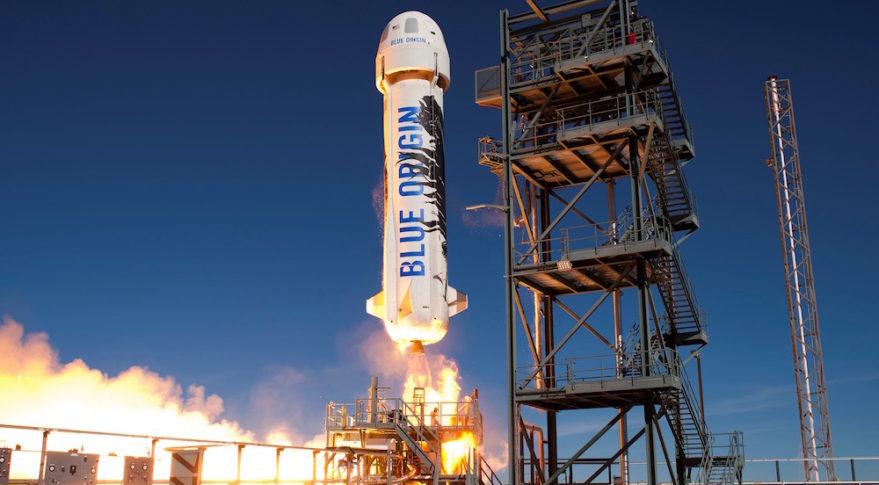
Space vehicle manufacturers Blue Origin have recently completed their 17th New Shepard space launch, featuring payloads backed by NASA’s new program Flight Opportunities. The mission’s highlights included a second chance to use recent DDL (deorbit, descent, and landing) equipment mounted onto the New Shepard’s exterior. This cutting-edge technology is designed to boost landing accuracy on surfaces in outer space and offers new capabilities for future lunar landing missions.
Praise from the CEO
The CEO of Blue Origin, Bob Smith, was very grateful to NASA for joining forces with his company on their mission and expressed additional gratitude to the crew for executing a successful operation. Smith saw the NS-17 Mission as particularly important as it allowed his company to make technological advances for lunar exploration in the future. Blue Origin trialled out new technology to help with their space exploration efforts.
Blue Origin take up a variety of payloads
This flight was special because of the payloads taken up into space. One of the most important payloads was the second flight of the Trash to Gas payload from OSCAR. This is a system that helps process rubbish into natural gases. Florida University also had an experiment sent up to do with biological imaging, helping to calibrate future biological experiment data collection. The Blue Origin launch also helped spread art around the universe – a Ghanaian artist had their triptych sent up – a series of three external panels attached to the outside of the crew’s capsule.
Mission statistics
- 8th consecutive flight to and from space with the New Shepard vehicle
- 18th successful crew capsule landing for the team
- An apogee of over 343,787 feet above ground level was reached by the Blue Origin crew capsule
- The booster component got to an apogee of 343,385 ft above ground level
- The total time for the New Shepard Mission elapsed was 10 minutes and 15 seconds
- The maximum velocity for the spacecraft’s ascent was 2,232 mph
All in all, the flight was a resounding success, and a pivotal moment for space engineering. All the crew both onboard and on land managed to pull off a triumphant launch even despite a global COVID-19 pandemic. It was a successful result all around, plus Blue Origin and their charity Club for the Future even managed to carry up thousands of postcards onboard.
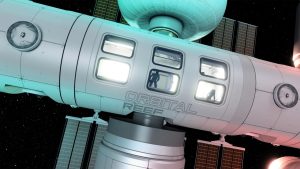
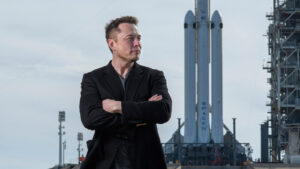
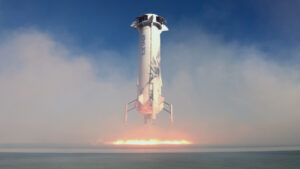
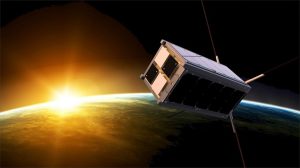


Thank you for your comment! It will be visible on the site after moderation.